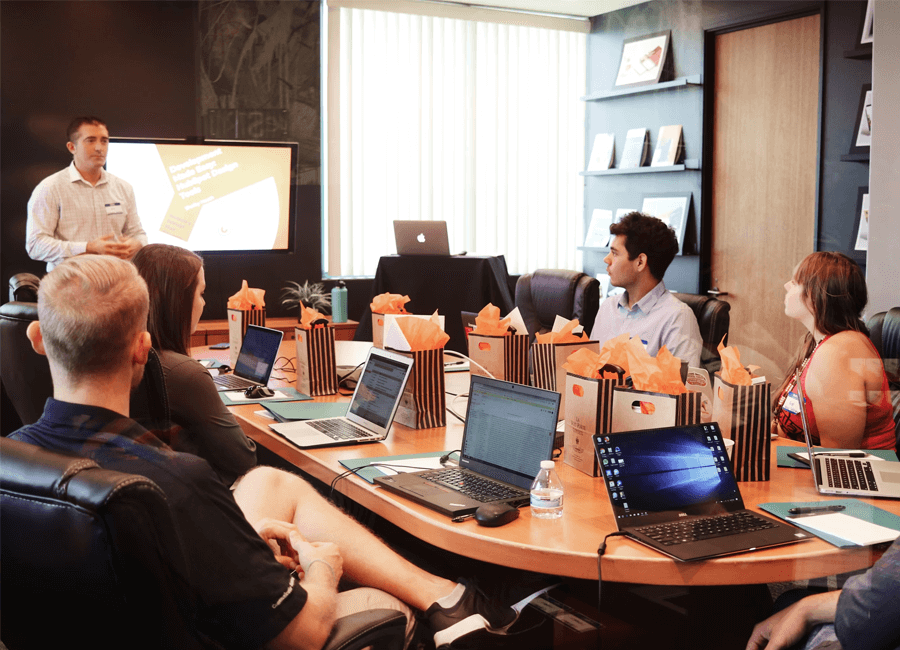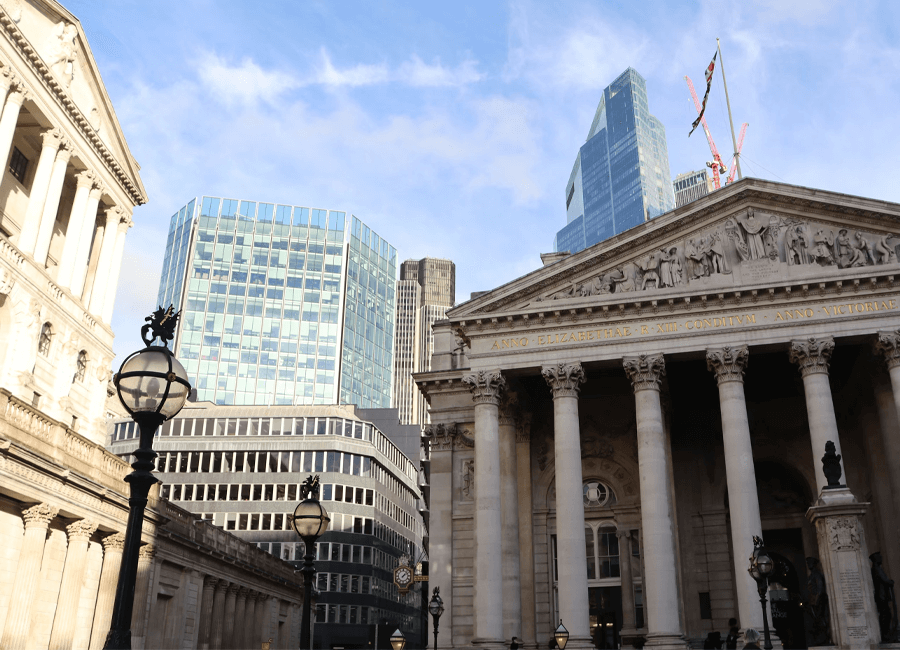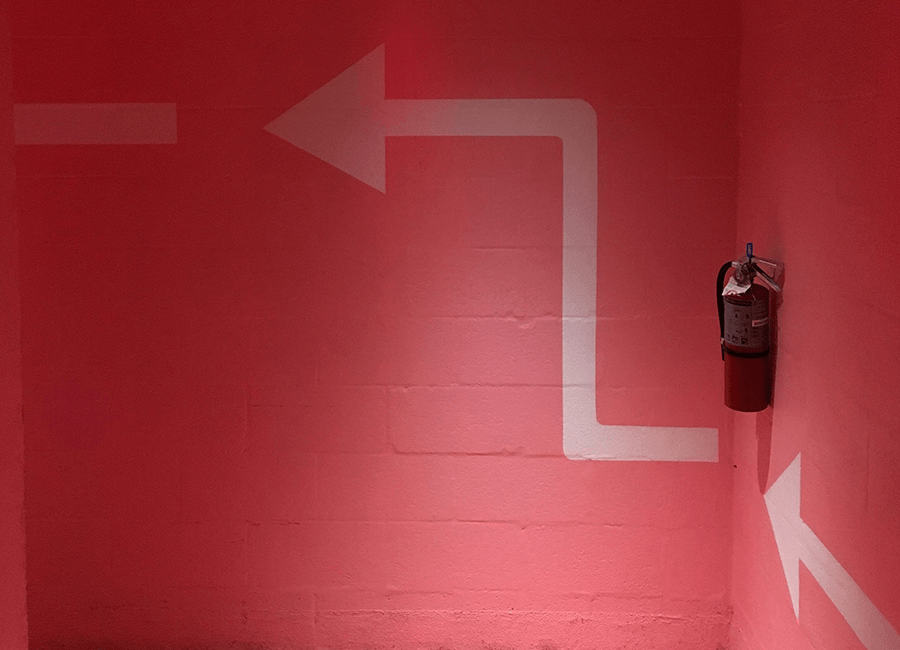So, you’ve decided to pursue the Customer Salience strategy, embedding a customer-centric culture into your or your client’s organisation – what’s next?
The most logical questions often leave us stumped. What’s next once we decide on a course of action? Where do we start when embedding Customer Salience into a business or industry? The reason the answer to this isn’t clear is because each business is different and requires a unique strategy. Sure there are commonalities between these strategies as they will all lead to the same outcome, but the level of dedication required and areas of the business to focus on will differ depending on how far along they already are to our ultimate goal.
Start at the beginning. We need to create a plan for the organisation to follow, but before that, we need to understand which areas need targeting, what we’re already doing well, and what aspects of Customer Salience we need to create from scratch.
| Tweet This | |
| So you've decided to embed Customer Salience into your business - what's next? How do you go about making this happen? |
Incremental vs. Radical Change
This is essentially what it says on the tin, but understanding which type of change you need to enact for your business to embrace Customer Salience is crucial to your success. Incremental innovation or change in a business obviously takes longer to bring about, with smaller changes all building to the inevitable conclusion of Customer Salience; this gives your business and colleagues time to adjust to the new norm without any objectional disruption, but this also means it’ll take more time, effort and resources in the long-run to achieve true customer salience, by which point your business might not be competitive any more in your industry.
Radical change is jarring, disruptive and quick – which might alienate some of your colleagues who don’t agree with the process, but allows the business to change quickly to remain competitive in their industry and incorporate new Customer Salient processes, mindsets, and insights into strategies straight away.
Deciding which type of change you need depends primarily on two things:
- The amount of change your business can cope with at any one time.
- The amount of time you have to play with regarding the impending influences involved in making this change necessary.
Once you’ve identified which change is necessary for your business, you can start to make the Customer Salience Strategy.
Identify Where Actions Stall
The pivotal, poignant challenge each business professional in all teams deals with today is the same one we’ve been dealing with since the inception of modern business: getting people on board and acting when needed.
This is a challenge so ingrained into business processes and strategies, that it’s taught in courses across all industry topics. It’s an obstacle that is so inevitable, that we’re trained early on in new ways to tackle it.
But it’s still a challenge we need to account for in this process. In your audit of your business, one of the aspects you need to understand is how decisions are made – but another aspect you should map is what happens after those decisions are made. How many people does the decision influence? What teams are typically involved? How does information flow throughout an organisation once a decision is made? Where are the bottlenecks that prevent that flow? And where are the areas that stifle action after a decision is made?
These questions are crucial to help us identify where the culprits are that stop action from happening after a decision is made – this could be a process or policy that hinders progress, or it could be a team or a person who, for one reason or another, also hinders progress when a decision is made. How can we resolve this to streamline progress?
There are principles, frameworks and processes created to help project managers and senior leaders identify issues and employ improvements, such as Gestalt’s Cycle of Experience and the Six Sigma methodology, that could help us to understand where our pitfalls are in the company.
| Tweet This | |
| From leveraging business politics to conducting a thorough decision-making audit, there are some key steps to go through before creating your Customer Salience strategy. |
Leverage Business Politics
Even if we don’t want to believe it, we all work in businesses with internal political factors. Most businesses have some semblance of politics that influence the strategies, actions and objectives that all teams work towards, and it’s important to understand who the biggest political factors are in your business that will help or hinder your plans for Customer Salience.
For example, understanding the current company culture, identifying the most influential people within each team, and recognising how to communicate with everyone well are just three ways of establishing yourself as a key figure in your business and gaining the power to influence change at any level. This doesn’t mean being unethical or portraying yourself as someone other just to fit in or manipulating people to get ahead. Leveraging business politics means understanding how to communicate the benefits of Customer Salience to the right people, in the right way, on the right platforms, and getting them on board so that we can integrate Customer Salience into the business smoothly with as many people on board as possible.
These politics can be one of the aspects that either help or hinder action within an organisation, and so might be one of the areas identified in the audit mentioned in the previous section, but this is one of the aspects that we can’t simply eliminate. Navigating the business politics and approaching the most influential people in the right way (and then continuing to keep them on your side as you implement your Customer Salience plan), will be one of the challenges we try to use to our advantage in this particular case.
The Customer Salience Toolkit and Summit
While these three areas are important to laying down the foundations for Customer Salience, each plan forward will be unique. There will be aspects of your business that you will need to account for when planning your Customer Salience strategy that others will not need to consider, however, FlexMR’s 4C Framework and toolkit will outline a catch-all plan to make sure you create the best plan for your company.
And if you’re after some advice from industry leaders, check out the Customer Salience Summit, a one-day hybrid event taking place on 3rd October 2024. Here you can talk to experts who have implemented Customer Salience practices within their organisations, ask questions to help you form your own plan and learn directly from our roster of exciting speakers on how to lay the foundations for Customer Salience.


















